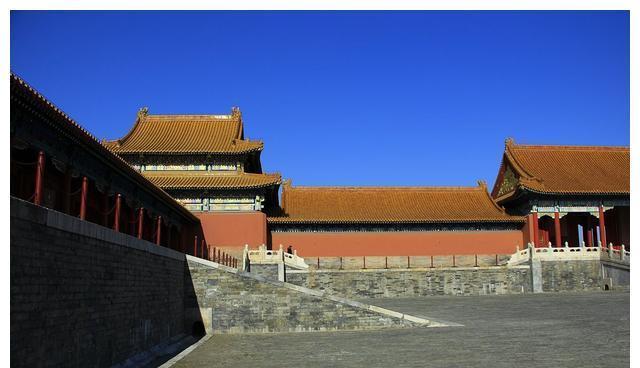As we all know, the ancient cultural relics in the Forbidden City are the most, and the Forbidden City has countless treasures, but in fact, the number of treasures under the sea is no less than that of the Forbidden City. The Maritime Silk Road is a sea passage for trade and cultural exchanges between China and other countries in ancient times, which has had a certain impact on China's economy, politics, culture and history, and China and many countries have frequently carried out commercial exchanges through the sea.

However, there are many uncertainties in sea navigation, there are great risks in itself, so the Maritime Silk Road in the long river of history has also sunk countless ships, countless treasures sunk into the seabed, and the South China Sea may be one of the seas that sink the most treasures, can be described as a "golden treasure", unfortunately, this treasure land is targeted by a foreigner, after the foreigner got the "treasure map", stole more than 200 million treasures, what is the matter?
In ancient China, there were many ships full of cargo to all over the world through the south sea, but because of uncontrollable natural factors, many large ships were overturned and sunk to the bottom of the sea, and the valuable treasures on board were installed on the seabed. According to incomplete statistics, there are more than two thousand shipwrecks in the South China Sea, it is only estimated that there are no ships with 500 treasures, and the number of cultural relics is also an astronomical number, and this is only the data currently known, because the age is too long, the time is long, there is no way to know the real number of shipwrecks, and it is not impossible for the number of cultural relics to exceed the Forbidden City.
However, even though there are many treasures in the South China Sea, it is not an easy task to carry out underwater archaeological work, the cost and technical level required are very high, enter the seabed prediction, learn about the information, and then use modern technology to salvage the ship, this series of steps can be described as a big project, and after the ship is salvaged, it is necessary to clean up and protect it, which requires extremely large manpower, material resources and financial resources. However, many people still can't get this temptation, and they have fished for treasure in the South China Sea, and even become the focus of attention of overseas thieves.
In the 1980s, many overseas treasure thieves salvaged cultural relics in the waters of the South China Sea, and among these overseas treasure thieves, the most obedient was the British overseas explorer Mike Lee. Hatcher. Mike. Hatcher had no parents when he was young, he grew up in an orphanage, his life was extremely poor, which led to his crazy obsession with money, so that making a fortune also became his goal in life, and he wanted to get rich through the way of treasure hunting, so he set up a salvage company in Australia with this idea, specializing in salvaging the cultural relics that sunk the seabed, and has since embarked on his treasure hunting process, for this reason, he also found many archaeologists, consulted books around the world, studied nautical charts everywhere, and the emperor paid off. He did salvage a lot of ancient shipwrecks, more than 80 of them, and got a lot of treasures
Ancient shipwrecks in the South China Sea are also unavoidable. In 1999, Hatcher learned about an ancient shipwreck in the South China Sea in a book called "East India Navigation Guide", that is, the ancient shipwreck of the "Taixing", which departed from the port of Xiamen in China in 1822 to the Malay region, with more than 2,000 passengers and millions of pieces of porcelain on board, but the ship had an unfortunate accident during the voyage, sinking to the bottom of the sea, most of the passengers were unable to escape, and the few remaining passengers waited at sea for rescue through wood such as buoyant furniture. In the end, more than 100 passengers were fortunate to be rescued by passing ships, so the incident was recorded in the East India Navigation Guide.
Hatcher found the location of the sinking of the Taixing through the data, and began to salvage it, obtaining as many as 350,000 pieces of porcelain, and all of them were Dehua porcelain from the Qing Dynasty, and then these treasures appeared at the auction site, and Hatcher received more than 30 million US dollars in cash, that is, more than 200 million yuan, which was a sky-high price at the time. Moreover, there were millions of pieces of porcelain on the shipwreck of the Taixing, and in order to maintain the value (rarity is expensive), he smashed more than 600,000 pieces of porcelain that did not sell well, which was simply hateful.